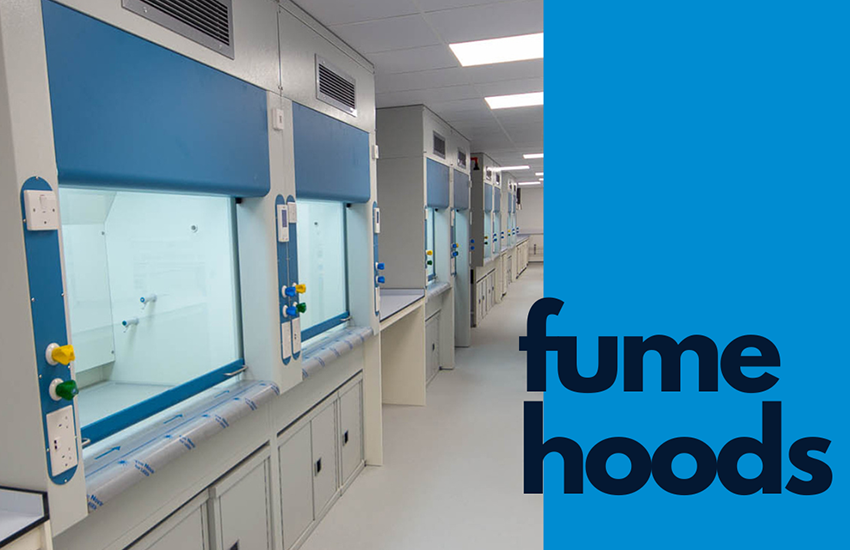Blog
Explore the various types of Fume Hoods
As we all know, fume hoods are very vital equipment in laboratories and other settings where hazardous chemicals are used. They help protect lab personnel from harmful fumes and vapor by drawing them away from the work area and venting them out.
However, with so many different types of fume hoods available in the market, it can be challenging to determine which one is the best suited for your specific needs. In this article, we'll explore the various types of fume hoods and how AAKAR Scientific can help you fulfilling your fume hood requirements.
Ducted fume hoods
Ducted fume hoods are the most common type of fume hoods being used in the laboratories. They work by pulling contaminated air through a duct system and venting it outside. Ducted fume hoods are suitable for a variety of applications, from chemical synthesis to biological research.
Ductless fume hoods
There is a mis-concept that ductless fume hoods that they are an alternative to ducted fume hoods but it is not. Ductless fume hoods are best suited for applications where chemicals are used in very small quantities or where ‘open to sky’ space and ceiling height are constraint. Ductless Fume hoods don't require a duct system, instead, they use filters to remove contaminants from the air before recirculating it back into the laboratory.
Walk-in fume hoods
Walk-in fume hoods are larger versions of standard fume hoods that allow for more extensive equipment and experimentation. They are often used in research facilities that require large-scale chemical processes with tall assemblies, such as pharmaceutical development, pilot projects or industrial research. They are also called ‘floor mounted fume hoods’.


